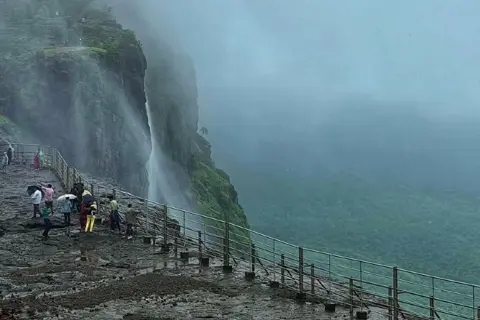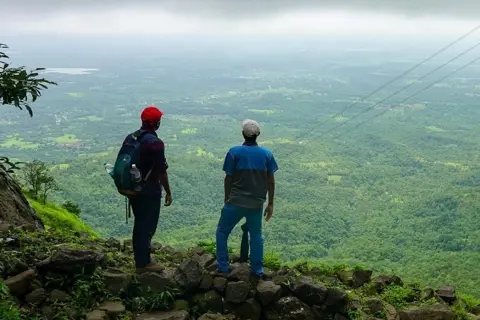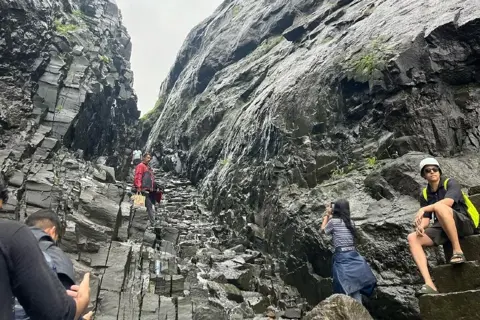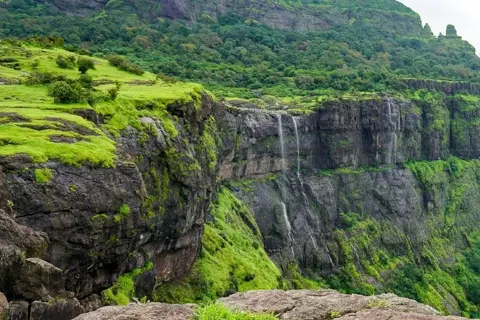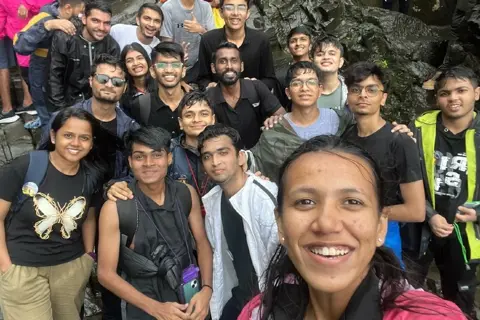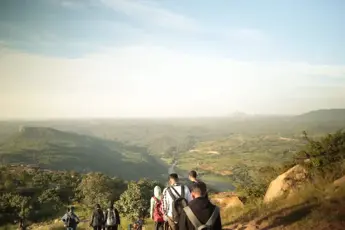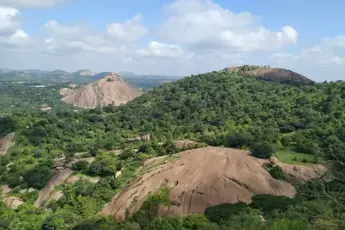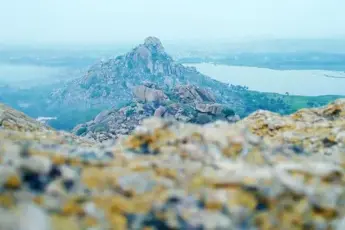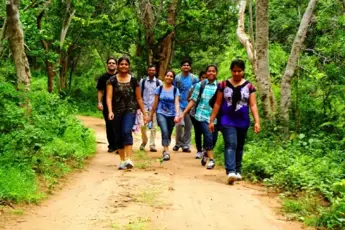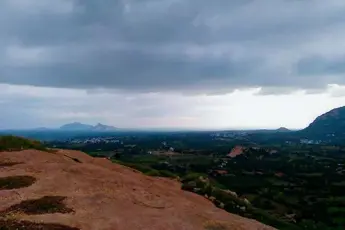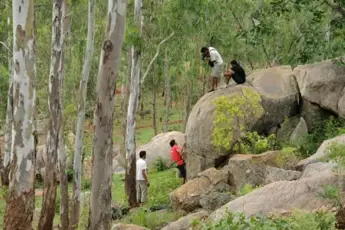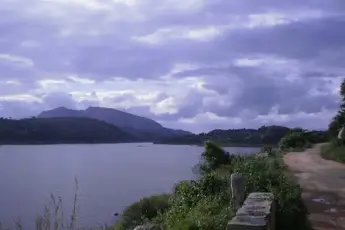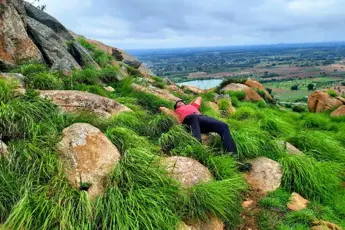Starbucks (05:00 AM)
Images
Naneghat Trek
Starting from INR 1855
Per Person
( Inclusive of all taxes )
Meal
Transport
Permit
Trekking
Guide
Sunset
Tea Snacks
Meal
Transport
Permit
Trekking
Guide
Sunset
Tea Snacks
Naneghat: Highlights
Naneghat Trek: Overview
Inclusion and Exclusion
Tour Plan
Trek to Naneghat Peak
Package Variant Options
Naneghat Trek With Transportation
Pickup Points
Aundh (05:15 AM)
Pimple Saudagar (05:30 AM)
Kasarwadi
Dropping Points
Things To Carry
Starting from INR 1855
Per Person
( Inclusive of all taxes )
Enquiry Form
Why escape2explore
- Verified Google Reviews 5000+ Reviews on the google platform.
- 500+ Tours and Activities We have activities across every category so that you never miss best things to do anywhere.
- Customer Delight We are always able to support you so that you have a hassle free experience.
Reviews (56)
4.7
Out of 5.0
5
43
4
10
3
3
2
0
1
0

Rashmi
Reviewed: Sep 18, 2023
5/5
Great trek for beginners and intermediates. The Naneghat path is scenic and enjoyable, but the final climb adds a good challenge. The view from the top is rewarding with an... Read More

Nandhan
Reviewed: Sep 18, 2023
5/5
I absolutely loved the Naneghat trek! It was challenging but not too difficult, with an exciting final climb. The panoramic views of the surrounding mountains from the summit were unforgettable.

Karthik
Reviewed: Sep 18, 2023
5/5
Naneghat is a beautiful and moderately difficult trek that offers amazing views throughout. The ascent starts fairly gently but gets steeper as you approach the summit. The views along the... Read More

Tanu
Reviewed: Sep 15, 2023
5/5
I had an amazing time doing the Naneghat trek! The trek offers a great mix of nature and physical challenge. While it can be tough in parts, especially the steep... Read More

Purvi
Reviewed: Sep 15, 2023
5/5
If you’re new to trekking, Naneghat is a perfect start. It’s not too difficult, and the views from the summit are absolutely worth the effort. The trek is a beautiful... Read More


